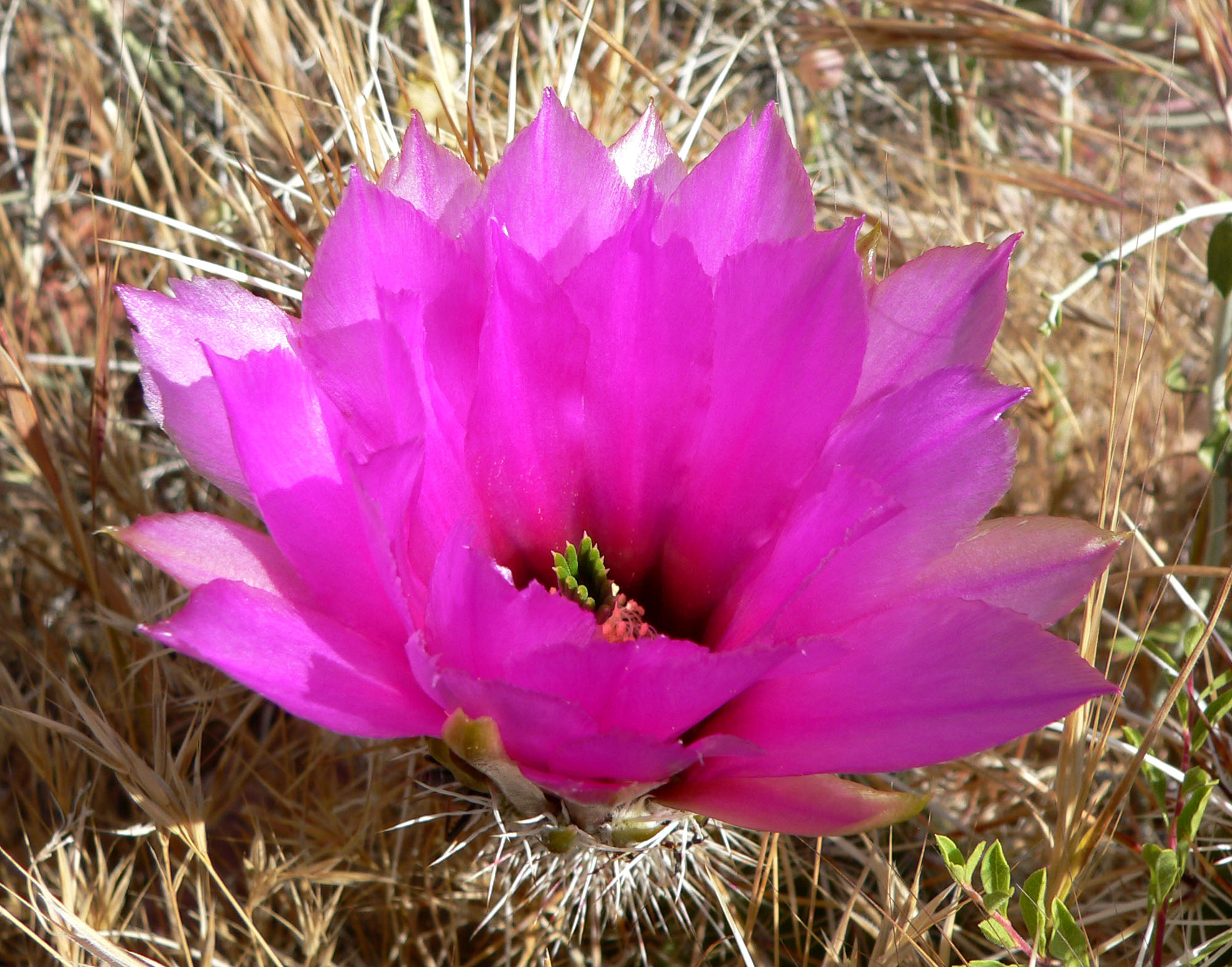Engelmann's Hedgehog Cactus on:
[Wikipedia]
[Google]
[Amazon]
 ''Echinocereus engelmannii'', the strawberry hedgehog cactus or Engelmann's hedgehog cactus, is a cactus commonly found in desert areas of the
''Echinocereus engelmannii'', the strawberry hedgehog cactus or Engelmann's hedgehog cactus, is a cactus commonly found in desert areas of the
Calflora Database: ''Echinocereus engelmannii'' (Calico Cactus, Engelmann's hedgehog cactus)Jepson Manual Treatment — ''Echinocereus engelmannii''USDA Plants Profile: ''Echinocereus engelmannii'' (Strawberry Hedgehog Cactus)Flora of North America''Echinocereus engelmannii'' — U.C. Photo gallery
{{DEFAULTSORT:Echinocereus Engelmannii engelmannii Cacti of the United States Cacti of Mexico Flora of Arizona Flora of Baja California Flora of California Flora of Nevada Flora of Sonora Flora of the California desert regions Flora of the Sonoran Deserts Natural history of the Colorado Desert Natural history of the Mojave Desert North American desert flora Plants described in 1852
 ''Echinocereus engelmannii'', the strawberry hedgehog cactus or Engelmann's hedgehog cactus, is a cactus commonly found in desert areas of the
''Echinocereus engelmannii'', the strawberry hedgehog cactus or Engelmann's hedgehog cactus, is a cactus commonly found in desert areas of the southwestern United States
The Southwestern United States, also known as the American Southwest or simply the Southwest, is a geographic and cultural region of the United States that generally includes Arizona, New Mexico, and adjacent portions of California, Colorado, Ne ...
and the adjacent areas of Mexico, including the states of California, Nevada, Utah, Arizona, Baja California and Sonora
Sonora (), officially Estado Libre y Soberano de Sonora ( en, Free and Sovereign State of Sonora), is one of the 31 states which, along with Mexico City, comprise the Administrative divisions of Mexico, Federal Entities of Mexico. The state is d ...
.
Description
Engelmann's hedgehog cactus usually grows in clusters, sometimes up to 20 and more stems. The bright magenta flowers bloom in April in its southern extremes to late May at northern locations. Flowers are borne at the upper half to one third of the stem and are funnelform in shape, up to long with dark-green stigmas. The fruit is spiny. At first the fruit is green, becoming pink and drying when ripe. Ripe fruits have spines that are easily detached. Seeds are black and about a tenth of an inch in size. Stems are initially cylindrical and erect in young plants, but later with the stem base lying on the ground. The stems are usually in diameter and up to high, and obscured by heavy spines. The plants have around 10 ribs, which are somewhat flattened and tuberculate. Spines are variable in color and size. Radial spines are short and needlelike, up to long, white, and arranged in a neat rosette. Central spines number 2 to 7 and are stout, usually twisted and angular, up to long and variable in color: bright yellow, dark brown, grey, and white. Chromosome count is 2n=44.Taxonomy
This species is located within the genus ''Echinocereus'' and is taxonomically closest to '' E. bonkerae'' Thornber & Bonker, '' E. dasyacanthus'' Engelm., '' E. fasciculatus'' (Engelm. ex S. Watson) L. D. Benson, '' E. fendleri'' (Engelm.) Rümpler, ''E. nicholii'' (L. D. Benson) B. D. Parfitt, ''E. papillosus'' A. Linke ex Rümpler, and '' E. pectinatus'' (Scheidw.) Engelm.. These species share the common traits of thick base tepals (>2mm), wide receptacular tubes, and dark coloring of the flower throat. Some molecular evidence supports the division of ''E. engelmannii'' into two species to distinguish its diploid ancestor ''E. relictus'' B. Wellard., which is distributed only in a narrow section of southwestern Utah and northern Arizona.Wellard, B. (2016). A new ancestral diploid species of Echinocereus (Cactaceae) endemic to southwestern Utah and northwestern Arizona (USA). Journal of the Botanical Research Institute of Texas, 345-359Distribution
Engelmann's hedgehog cactus is one of the most common species of cactus in the south-western US (southern California, Arizona, southern Nevada, Utah) and Mexico (Baja California down to northern Baja California Sur, Sonora) at elevations from sea level to 2400 meters. There are a number of varieties of Echinocereus engelmannii, and some are rare. Habitat: It grows in different dry habitats normally in well drained deserts in the Sonoran and Mojave deserts, chaparral, pinyon-juniper woodlands, grass, and Great Basin shrub in flats with fine sand on the plain, washes and canyons in the desert, and also in gravelly, sandy, or rocky hillsides, and in mountain ranges. The rich flora and diverse vegetation of the area includes, among others, ''Ferocactus cylindraceus'', ''Mammillaria microcarpa'', ''Mammillaria tetrancistra'', ''Echinocereus scopulorum'', ''Fouquieria'' sp., ''Larrea tridentata'', ''Cercidium microphyllum'', ''Idria columnaris'', ''Opuntia leptocaulis'', ''Opuntia ramosissima'', and ''Opuntia engelmannii''. Engelmann's hedgehog cactus is abundant throughout its range.Uses
''Echinocereus engelmannii'' is used as a landscape plant in its native areas. In pot culture, this species requires well aerated gritty substrate and a hot and sunny location in the summer. During winter, this species tolerates light frost and wet (if well-drained) soil. In cultivation, this species usually does not bloom until it develops 2–3 branches.References
External links
Calflora Database: ''Echinocereus engelmannii'' (Calico Cactus, Engelmann's hedgehog cactus)
{{DEFAULTSORT:Echinocereus Engelmannii engelmannii Cacti of the United States Cacti of Mexico Flora of Arizona Flora of Baja California Flora of California Flora of Nevada Flora of Sonora Flora of the California desert regions Flora of the Sonoran Deserts Natural history of the Colorado Desert Natural history of the Mojave Desert North American desert flora Plants described in 1852